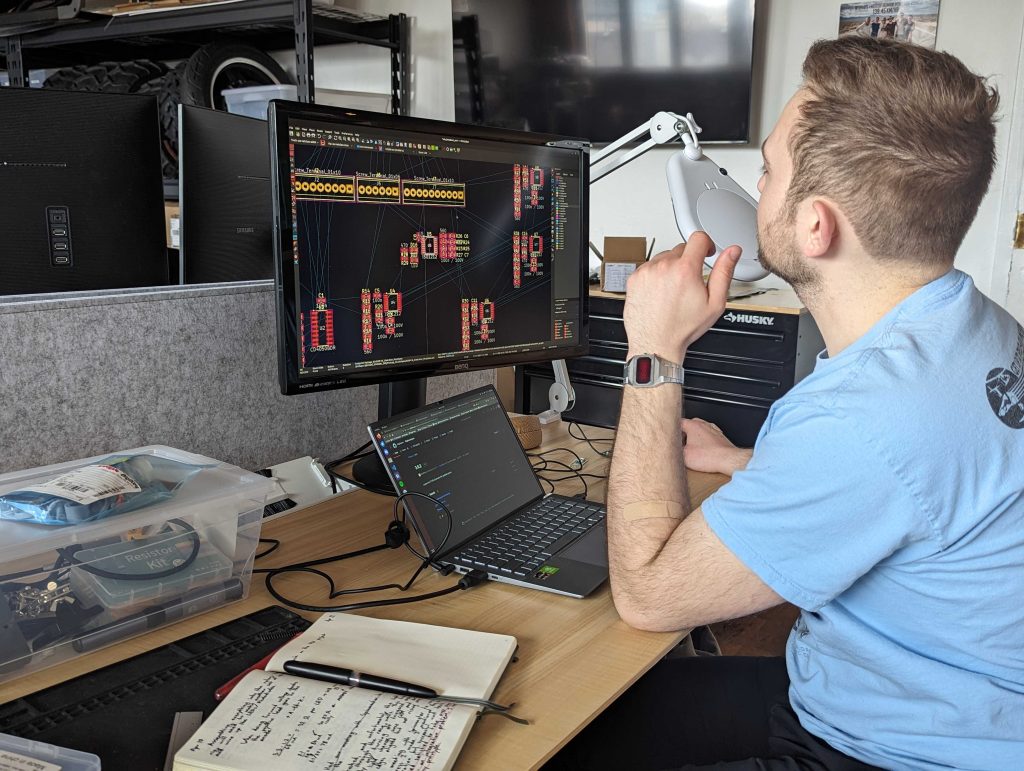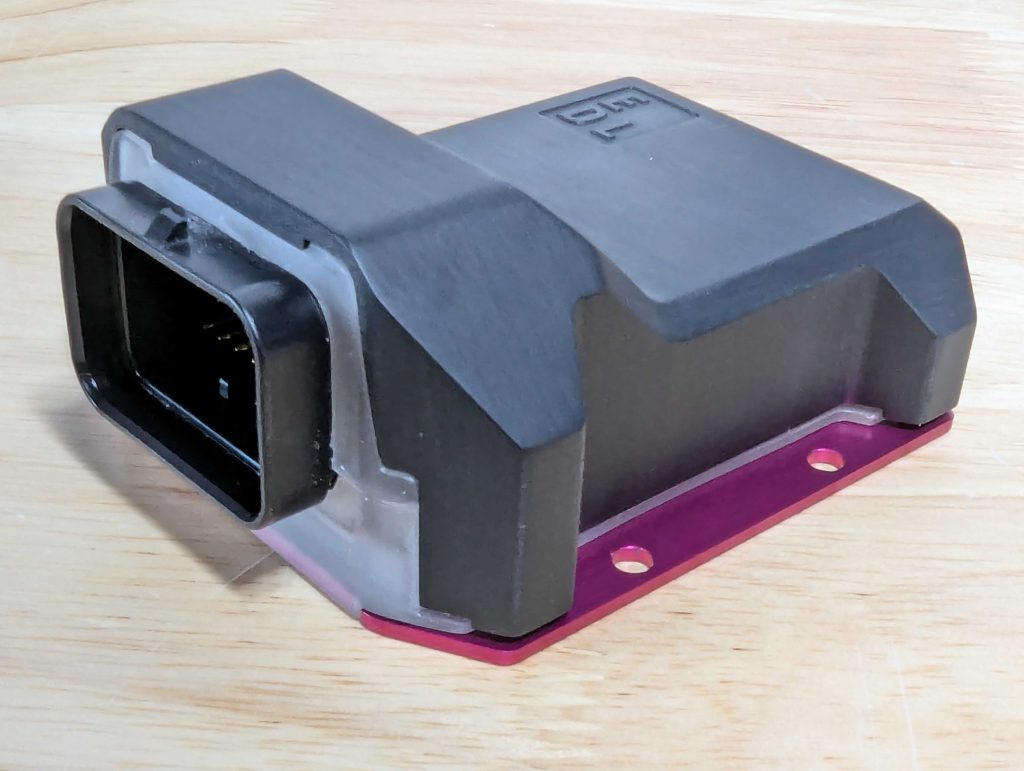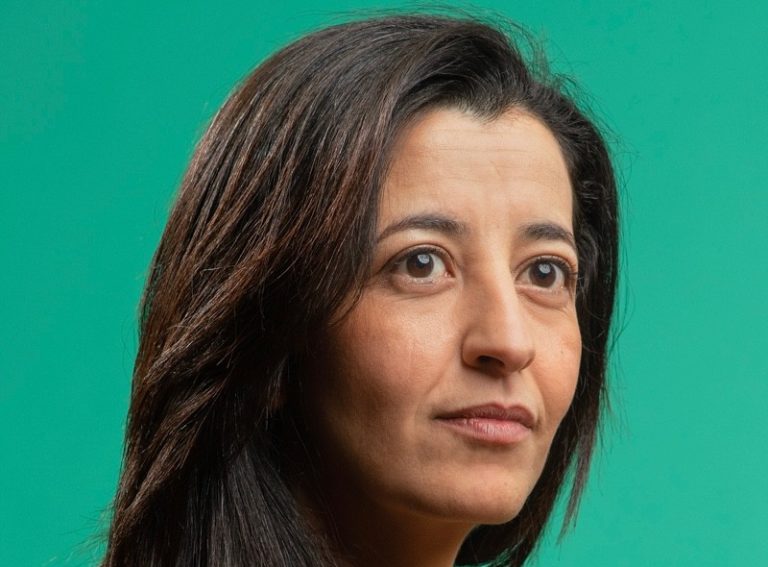After a year with their heads down in development, Toronto-based Engineering Design Lab has unveiled the “swiss army knife” of Vehicle Control Units (VCU) designed to be compatible with any micromobility hardware and architecture.
EDL, as the company is more commonly known, specialises in multi-disciplinary engineering solutions for the micromobility market. Think industrial design, systems engineering, mechanical and electrical design, prototyping and manufacturing support.
Speaking about the new device, EDL Founder Tomek Bartczak tells Zag Daily in an exclusive interview, “All electric vehicles are made up of many components that need to communicate with each other.
“Our Vehicle Control Unit is the brains of the vehicle that is responsible for managing this communication.”
Whilst other VCUs exist on the market, EDL’s is unique in that it can be made compatible with any vehicle architecture.
“It can be installed on e-bikes, e-mopeds, e-cargo bikes, trikes, you name it. There’s no stopping it,” says Tomek.
It can also fit into the palm of one’s hand.
“Other VCUs on the market are large, expensive, incompatible with many applications and components and are only designed for specific ecosystems. This means micromobility startups are either stuck with these ecosystems, or end up facing the expense of developing their own. Really the VCU has been made for cars so we’ve taken the concept and shrunk it down to a micromobility-specific product. It is waterproof, compact, affordable and modular which allows us to keep costs down.”
Key features
Starting on its core electronic features, the VCU comes with an IoT module that forms the brain and provides wireless Wi-Fi and Bluetooth connectivity, as well as all the computational power. It also comes with two independent CAN communication buses.
“Think of a CAN bus as like a phone line,” Tomek says. “It can handle a certain amount of traffic, but when there’s too much traffic on it, maybe it gets clogged up. So having two, with one being for safety critical items, such as monitoring the motors and throttle, and another to handle less critical tasks, such as communicating with lighting, means you’re guaranteed to have less traffic on the safety critical one.”

On top of that, the VCU has a lot of standard digital inputs and outputs that can tolerate different voltages, from 5V to 100V.
“With those high power outputs, we can directly control the LED lights for headlights, turn lights, indicators, all of that in this unit, rather than needing a separate power control board, so we’re miniaturising all the various parts that you see in a micromobility vehicle which is always constrained for space.”
Other features include over the air (OTA) firmware updates, rollover/crash detection, fleet management, smartphone based access control and region-specific configurations such as legal speed limits.
On the latter, Tomek says: “Between North America and Europe there’s different maximum speed limits. So you can apply that to the VCU code, and limit the speed based on the location. And you can even make that automatic so as soon as you take that vehicle from one geographical location to another, you automatically have the updated speed. You don’t have to change the firmware.”
With the newest revision, EDL added the ability to insert specific hardware functionality add-ons within the VCU to cater to particular applications. For example cellular communications and GPS for fleet tracking, an additional CAN bus channel, or contactless access control via access cards or smartphone apps.
For larger, more complicated vehicles or modular assemblies, multiple VCUs can be networked together. Moreover, the VCU can act as a tracking device if a vehicle is stolen, notify the user if it has been tampered with, and can integrate with a number of third party screens for navigation and infotainment.
“Infinite software upgrades”
From an electrical engineering perspective, the purpose of the VCU is to provide the platform for clients to define and enable the behaviour they want, whether for an end-user or for a fleet-based operator.
“We provide all the hardware in the package, and then our clients can imbue it with whatever intelligence they want down the line. It allows for infinite software upgrades, anything is possible.”
This can enable clients to do things they didn’t know they could do.
“When we were at a battery show in Detroit last week we were talking to a guy who said he’s got all this battery data, like the state of charge, battery health and there’s no way for him to use that across his entire fleet. And I was like, ‘Well, if you had one of our modules, you could just upload that battery data directly to the cloud and run machine learning algorithms on it. You could figure the important parameters, download it back to all of your fleet vehicles, and use that to more accurately predict battery charge levels.’”

Launch date
Now in its 3rd iteration, EDL plans to launch the device at the CES expo in January 2025.
EDL has been speaking with one launch partner already that plans to purchase 50 units to be delivered in January.
“This has taken more than a year to develop and so we’re very excited about contributing something totally unique to the micromobility industry.”



